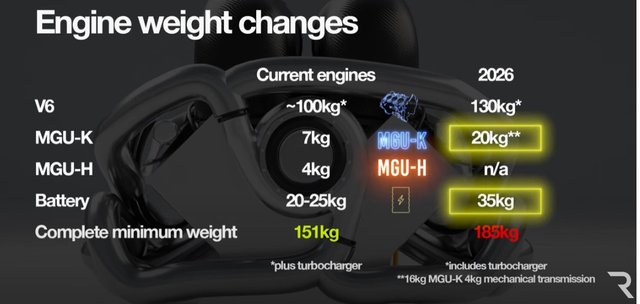Seanspeed wrote: ↑06 Jun 2024, 20:07
LHamilton wrote: ↑06 Jun 2024, 19:43
We have seen that DRS was a failure. At least in my opinion. It rarely worked as intended. Either you flew by at the speed of light, or you were incapable of passning.
DRS worked amazingly well. But then the FIA got a little drunk with the thought of how much overtaking they could create if they just put DRS zones absolutely everywhe
re! Two zones per track! Now, how about THREE zones per track! Let's put DRS zones even on long straights where overtaking was possible without DRS! Everybody gets a DRS zone!
So little effort was spent on ensuring that DRS was used when and where appropriate. Balanced well, DRS was fantastic and did everything it needed to do. Yes, there were blowby passes, but when the driver before was gonna be able to pass no matter what, then yes, DRS will just make it even easier, but the fact that it
enabled overtaking opportunities where it would have previously been impossible or super difficult was a big win.
You're describing the pitfalls of the
overtaking metric.
Like any measurement, people (management, usually) become obsessive about it, and suddenly it's more important than anything else.
All DRS really achieves is guaranteeing, as long as the circuit layout permits it, that the fastest car will get to the front. When you have five 9s reliability, that results in a very predictable race. Verstappen last year could start his race practically anywhere on the grid, and he'd get to the front.
Can you imagine Hungary 1989, or even 1990 with DRS? What about Imola 2005, or Argentina 1997? If the slightly quicker car (at that point in the GP) can sail by at +30KPH, is that really a motor race?
It's a bad solution and it really ought not to have lasted this long.





